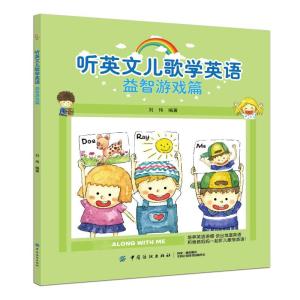
English game songs have been a delightful part of children's education and entertainment for decades. These catchy tunes not only help in teaching English but also engage children in fun and interactive activities. In this article, we will explore the significance of English game songs, their benefits, and some popular examples that have become timeless classics.
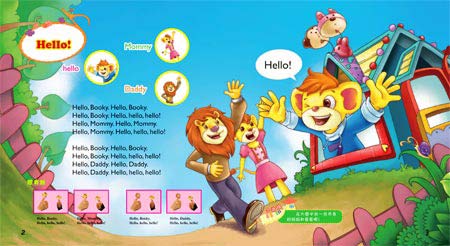
English game songs play a crucial role in language learning, especially for children. They offer a unique blend of music, rhythm, and repetition that makes it easier for young learners to grasp new vocabulary and grammar concepts. These songs also help in developing listening skills, pronunciation, and memory retention. Moreover, they create a positive and enjoyable learning environment, making the process of learning English a delightful experience.
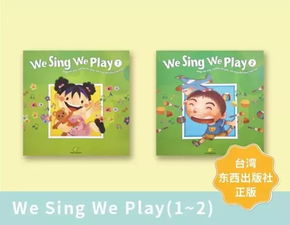
There are several benefits of incorporating English game songs into language learning:
Engagement and Motivation: The fun and interactive nature of game songs keeps children engaged and motivated to learn.
Repetition and Reinforcement: The repetitive nature of these songs helps reinforce vocabulary and grammar concepts.
Memory and Retention: The catchy tunes and rhythms make it easier for children to remember new words and phrases.
Social Interaction: Game songs often involve group activities, promoting social interaction and teamwork among children.
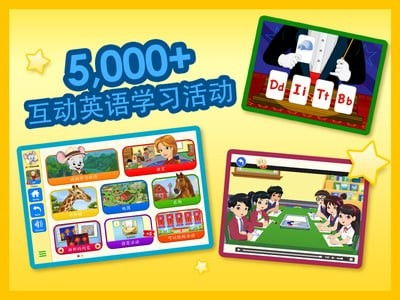
Here are some popular English game songs that have become favorites among children and educators alike:
“Here We Go Looby-Loo”
This classic song is a great way to teach children about the days of the week and simple actions. It's a fun finger game that encourages children to participate actively.
“The Itsy Bitsy Spider”
This song is perfect for teaching children about colors and actions. It's a simple tune that's easy to learn and sing along with.
“Head, Shoulders, Knees, and Toes”
This song is a great way to teach children body parts in English. It's a fun and interactive song that gets children moving and learning at the same time.
“Five Little Monkeys”
This song is a fun way to teach numbers and counting. It's a catchy tune that children will love to sing and dance to.

While there are many pre-existing English game songs, creating your own can be a fun and rewarding experience. Here are some tips for creating your own English game songs:
Choose a Theme: Decide on a theme for your song, such as colors, animals, or body parts.
Use Simple Vocabulary: Keep the vocabulary simple and age-appropriate for your audience.
Focus on Rhythm and Melody: Create a catchy tune that's easy to sing and remember.
Incorporate Actions: Add simple actions or movements to make the song more interactive.

English game songs are a valuable tool for language learning, offering a fun and engaging way for children to learn new vocabulary and grammar concepts. By incorporating these songs into your teaching or playtime, you can help children develop their language skills while having a great time. So, why not start singing and playing today?
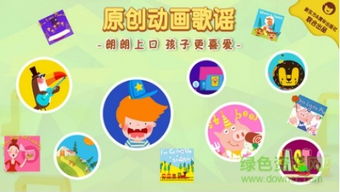
English game songs, language learning, children's education, vocabulary, grammar, music, fun activities, interactive learning